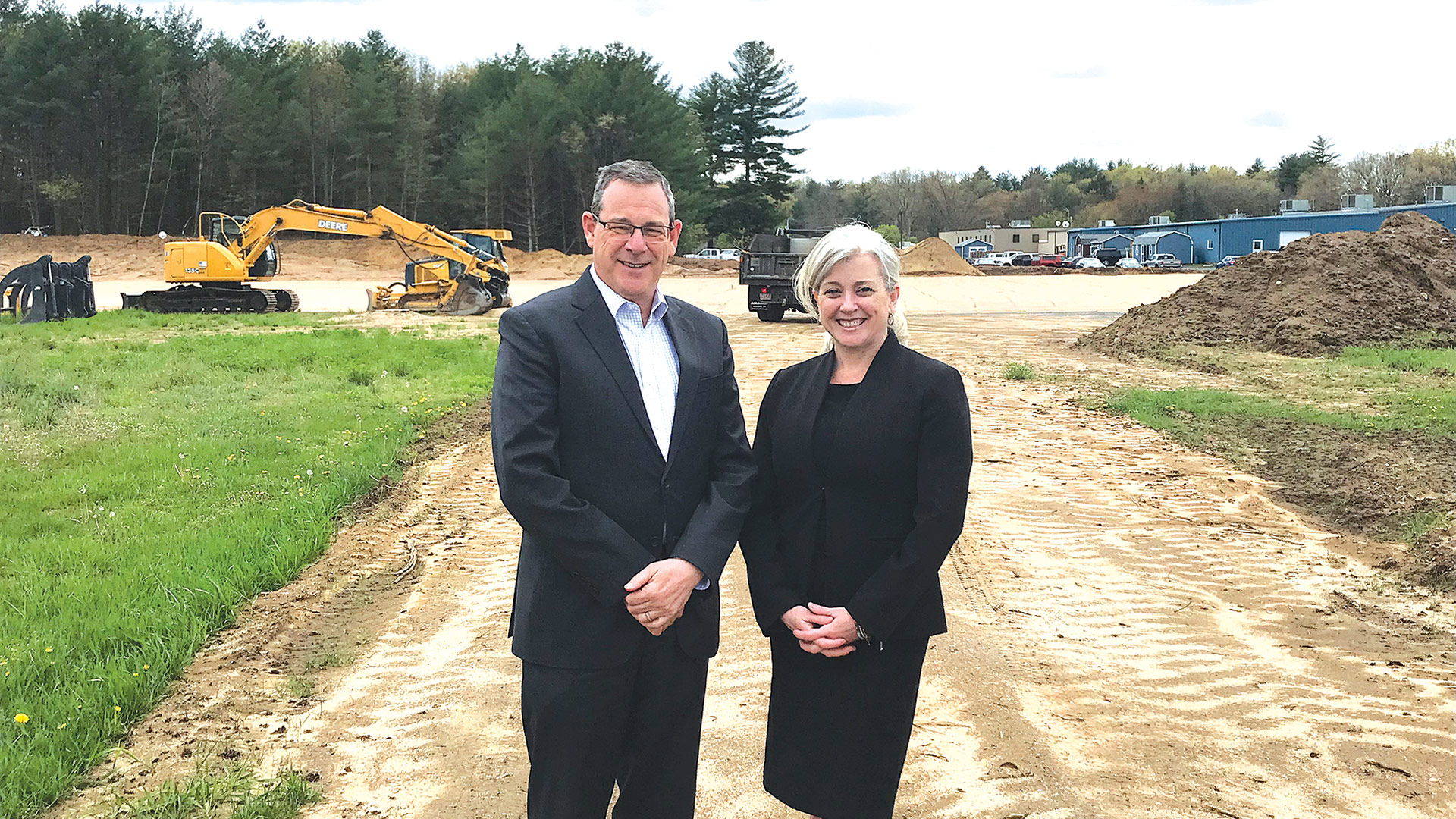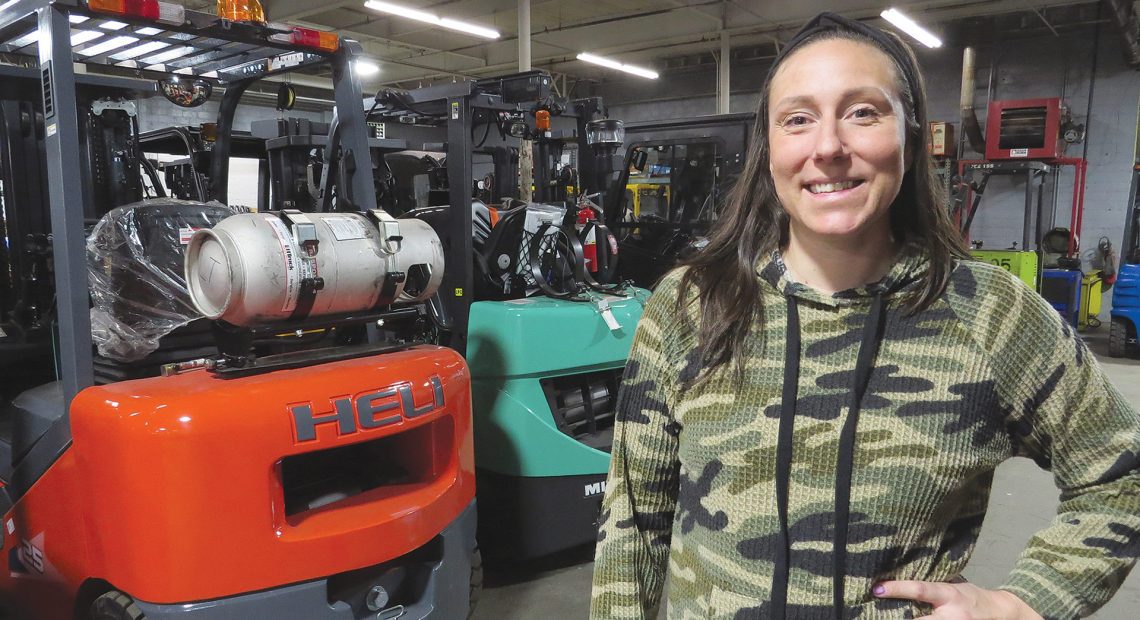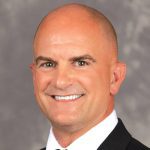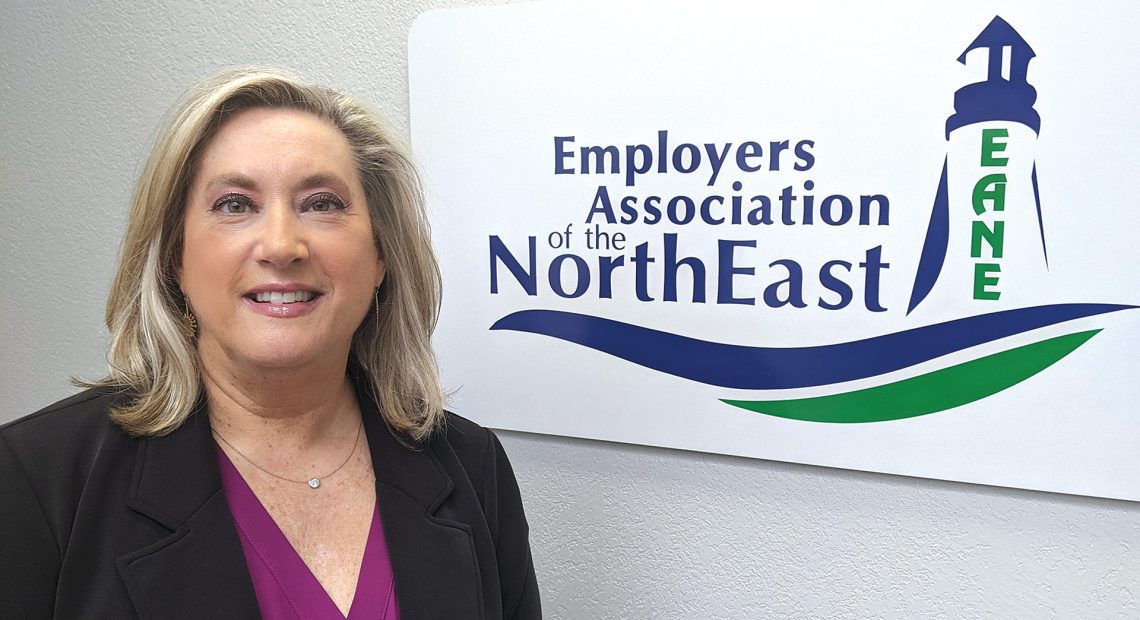Material Growth
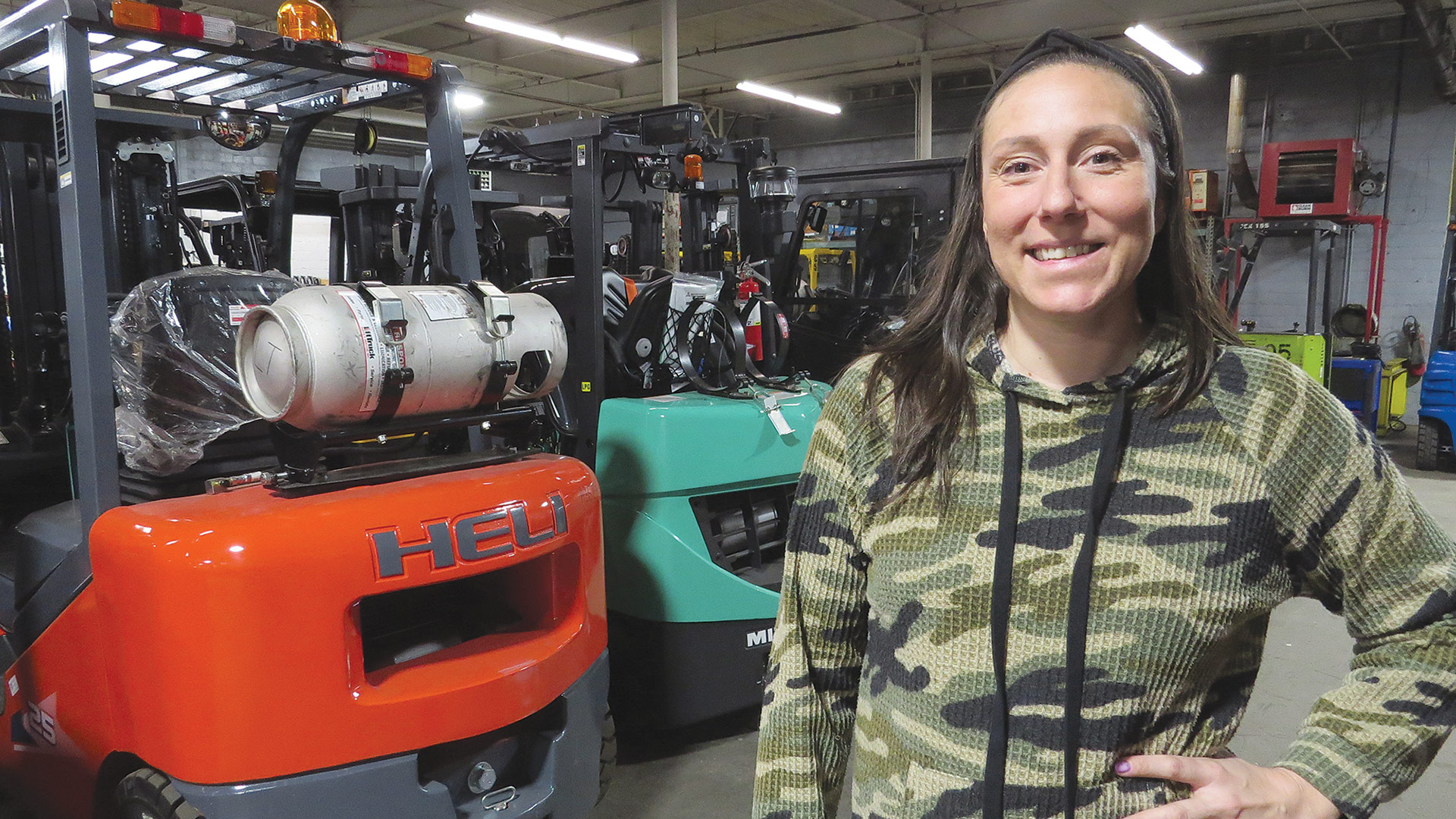
As LiftTruck celebrates 35 years, Kara Sotolotto says, its focus is on continuing to grow its many business operations and building on an already-solid foundation.
Kara Sotolotto says she essentially grew up in her family’s business, LiftTruck Parts & Service Inc. in West Springfield.
She remembers doing a little bit of everything for this company — founded by her father, Mario C. Sotolotto, which specializes in forklift and lift-truck sales, maintenance, parts, rentals, and more — but especially the vast amounts of paperwork that have long since been replaced by computer files. This included handling work orders, parts inventory (something that is still done by hand), calling customers, and much more. It seemed there was something new every day, and, collectively, those various assignments have prepared her for her current and somewhat new role, as the company’s vice president, a title she shares with her brother, Mario A. Sotolotto.
She was still waiting for her new business cards when she talked with BusinessWest, but she has already eased into the role, which will see her work with other family members (and there are many of them) and other employees to chart a course for future growth for this venture, which this year celebrates 35 years in business.
It is marking this milestone in a mostly quiet fashion — but also with charitable donations each quarter, including one recently to Baystate Children’s Hospital — and by essentially doing what it has been doing from the start, Kara Sotolotto said — taking care of the many different needs of its clients, mostly manufacturers and distributors located across the Bay State, but also in Connecticut and Rhode Island.
Over the years, the company has expanded well beyond its West Springfield roots, opening an office in Brockton to better serve customers in the eastern part of the state, including Cape Cod and the islands, as well as Rhode Island. Looking forward, she said the company is looking at possible additional expansion in the Worcester area, with a location to house what she called a ‘green division,’ dedicated to sales and service of battery-powered BYD material-handling equipment (more on that later).
Overall, though, the business plan calls for shifting more of the day-to-day responsibilities of managing the company to the second generation, Sotolotto explained, as well as simply building on the solid foundation created over the past 35 years, one that has enabled the company to thrive in a sector with many competitors.
Indeed, when asked how LiftTruck manages to stand out in such a crowded field, she said simply, “our service and our mechanics; these are mechanics that everyone likes and trusts, and they really know their stuff.
“He started from the ground up with a few mechanics, who are actually still with us today, and one person in the office.”
“Also, our lines,” she went on, adding that, while many competitors will sell one or a few brands, LiftTruck handles many labels and many options when it comes to how machines are powered — from propane to electric.
It is this ability to provide clients with choices, but also reliable, quality service, that has both enabled the company to thrive for the past 35 years and positioned it for continued success for the next 35.
Getting a Lift
As she offered BusinessWest a tour of the LiftTruck facilities and posed for a few pictures, Sotolotto pointed to a Clark forklift — vintage 1948, by her estimate — that was at the shop for some maintenance. It’s not really used anymore, and she believes it is one of the items on display at a small museum at Barnes Airport in Westfield.
While it is not in active service, the company services many pieces of equipment dating back to the ’60s and even the ’50s that still are, she said, adding that fork trucks, depending on how much they are used, can run for decades, and most clients are determined to get their money’s worth out of their machines.
But there are challenges to servicing such long-lasting pieces of equipment.
“These forklifts were built like tanks because they were used in the military,” she explained, referring to the older Clark machines. “The trouble is, it comes to a point where you can’t find parts for them; there are times when we can have people fabricate the parts for them, but once you get to certain big parts, like cylinders, you have to give in.”
Helping companies keep their machines running as long and as efficiently as possible has become one of the many trademarks of this company, which was started by the elder Mario Sotolotto in 1987.
As Kara explained, her father worked for Northeast Clarklift, joining his father-in-law there, and starting in the parts department and moving up the ladder. He eventually decided to take all that he had learned and start his own venture, one that would focus on all aspects of this competitive business — including sales of new and used machines, service, parts, forklift training, rentals, and more.
“He started from the ground up with a few mechanics, who are actually still with us today, and one person in the office,” she said, adding that the company has enjoyed steady, consistent growth over the years.
This is a family business, she added with conviction in her voice, noting that there are many members of her family who are involved, including her father, the company’s president, who, she said, “likes to keep involved in all aspects of the business,” as well as his uncle, Sales Manager Anthony Sotolotto.
There’s also her brother, Mario, who works mostly out the Brockton facility, and focuses on the sales and everyday operations sides of the business, while Kara is focused more on the back end of the operation — accounting, receiving equipment, managing the West Springfield facility, and talking with the press.
As noted, this is a multi-faceted business, with several components and revenue streams.
On the sales side, the company handles a number of manufacturers, including Clark, Komatsu, Doosan, Heli, and the most recent addition, BYD, which offers machines that run on iron phosphate batteries, Kara said, noting that buyers have a number of options these days in terms of both brands and how machines are powered.
Indeed, while gas-, propane-, and diesel-powered vehicles are still popular, this sector, like the automotive industry, is moving aggressively toward more electric vehicles.
“A lot of people are switching over to electric forklifts,” she explained. “It’s more economical for them, and it’s better for the environment; they’re becoming more and more popular.”
Looking ahead, Sotolotto said the company is strongly considering creation of that aforementioned ‘green division,’ one that will focus on the BYD line and likely be based in the central part of the state so it can effectively serve all corners of the Commonwealth.
“Having a facility to at least store all of our electric lifts and maybe have a few mechanics operate out of there would be great,” she told BusinessWest. “This is definitely something we’ve been talking about and moving toward; it’s a logical next step.”
The sales side of the business has been steady, she added, and it received a somewhat unexpected boost during COVID, when rentals were harder to come by (just as rental cars were) and many customers decided to buy instead — if they could find machines to buy.
And overall sales remain steady as customers seek to replace machines that hit a certain number of hours.
Meanwhile, the machine-rental side of the business remains solid as well, she said, noting that businesses will rent equipment for a day, a few weeks, a quarter, or for much longer stretches depending on need. To mark its 35th anniversary, the company is donating 10% of its rental revenue to various charities, including Baystate Children’s Hospital, each quarter.
The service side of the operation is another key contributor to the company’s overall success, Sotolotto said, noting that clients need their machines to operate successfully, and LiftTruck’s ability to provide reliable service has been another of its hallmarks.
Lock and Load
These various parts contribute to the whole, she said, adding that LiftTruck has much to celebrate as it marks its milestone anniversary this year.
Mostly, it is celebrating what has become a family, or a bigger family, to be more precise, one that includes several people related to one another, but also others who have been part of this operation for years — in many cases, 35 years.
Together, they have made this venture an uplifting success story — in every sense of that phrase.




